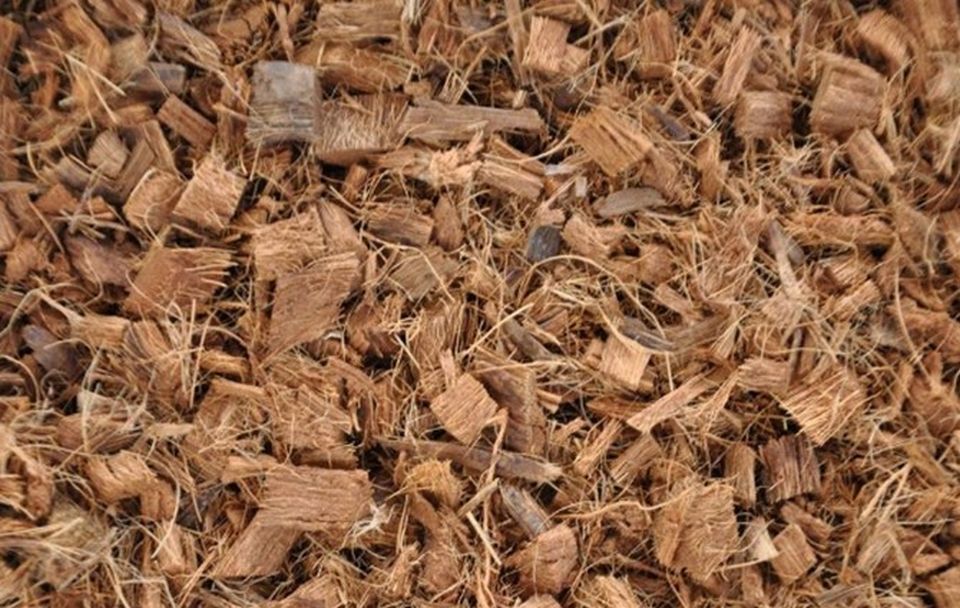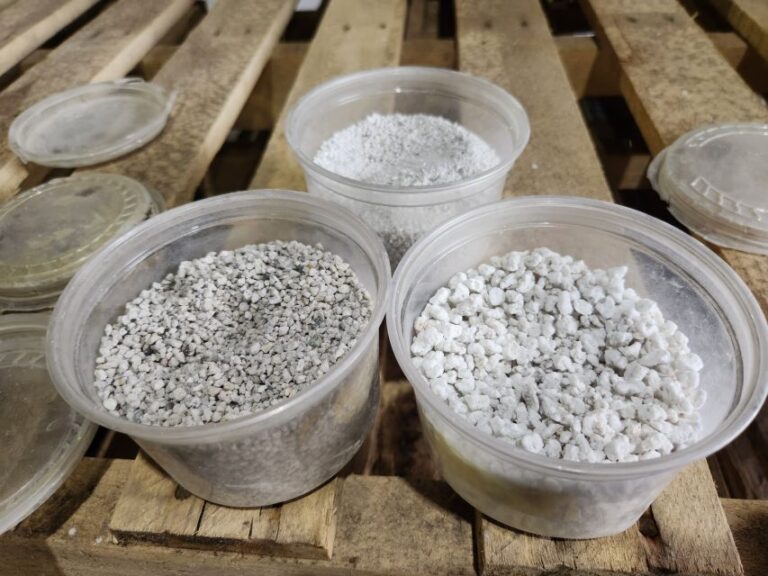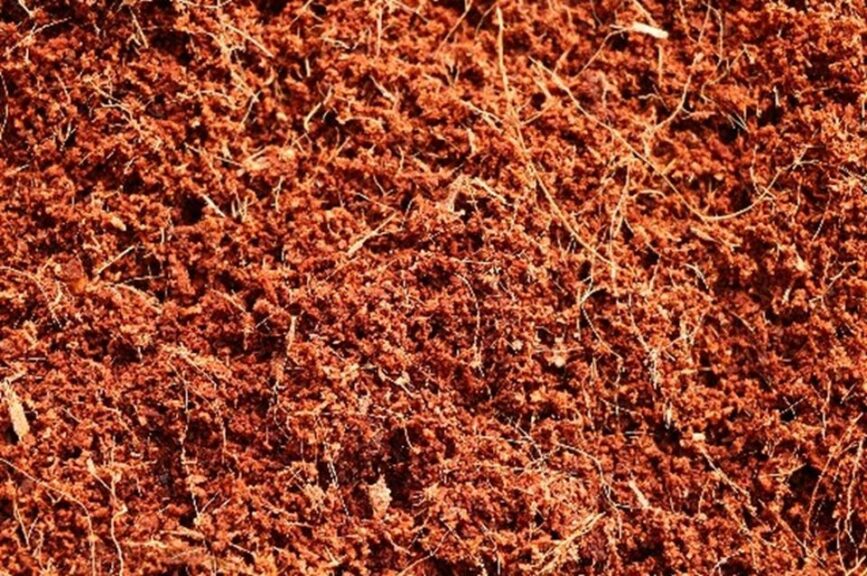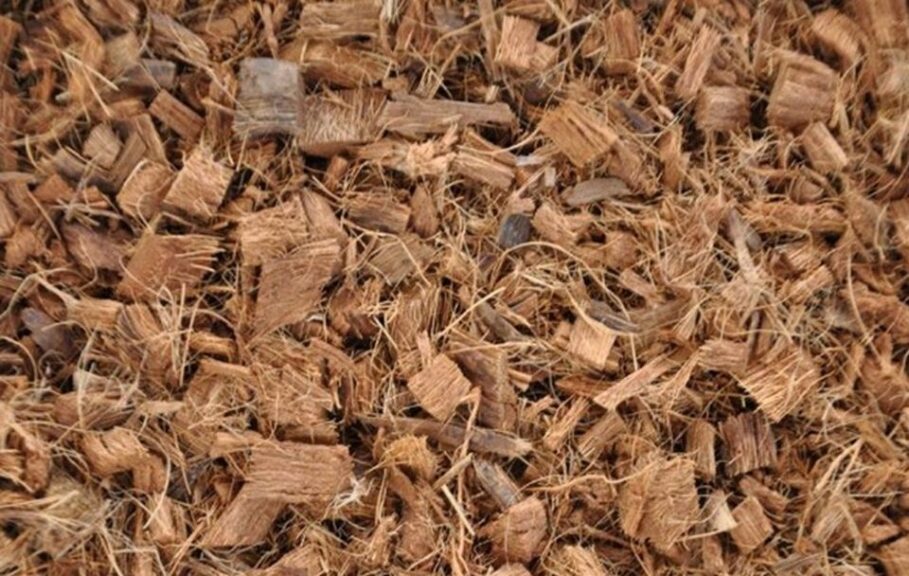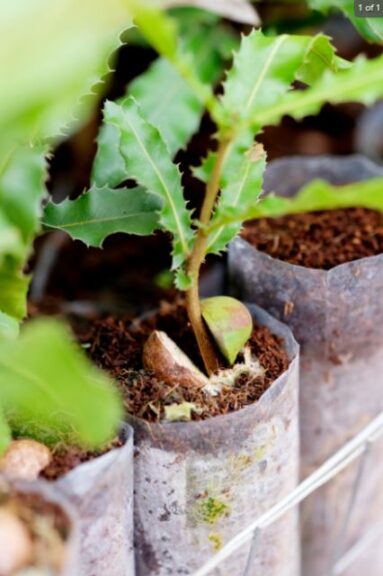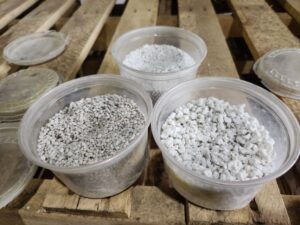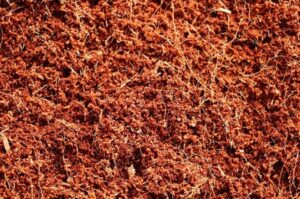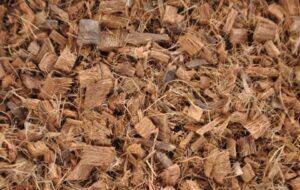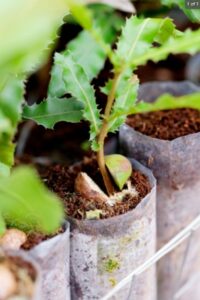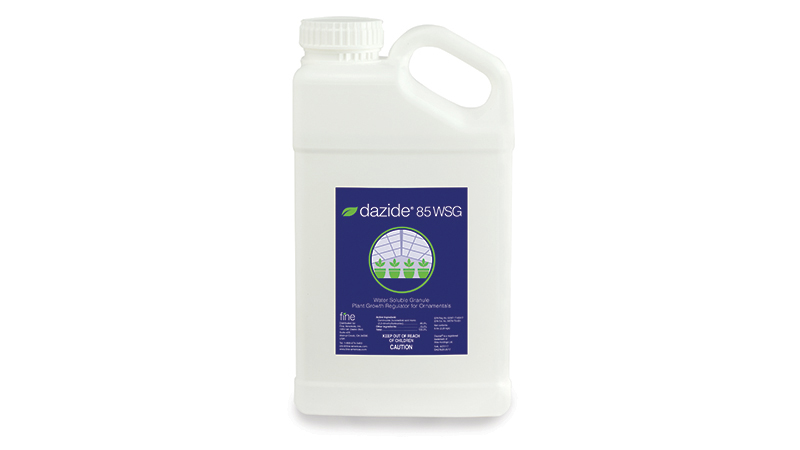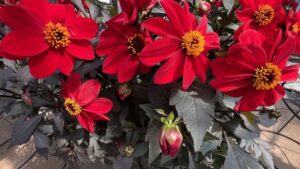The Search Continues for New Options in Soilless Substrates
Peat may dominate the soilless substrate market at this time, but there are other alternatives on the rise. Ornamental growers are currently using peat mixes that also include wood fiber, perlite, and other options. However, various trends are leading growers to consider new options.
Weather is one of these considerations. Due to rainy, wet weather in Canada, the last two peat harvests have been below expected levels.
“We all know that the peat harvest relates to the weather conditions and there can be a poor harvest some years,” says Hermann Konnemann, Product Development and Market Support for Klasmann-Deilmann. “For coir, the industry has recently experienced limitations in the availability and logistics went sky high in price. Therefore, the use of lightweight local materials such as wood fiber, and local materials such as aged bark, bark humus, and quality-controlled green compost are becoming more important for substrate manufacturers and growers.”
Dr. Brian Schulker, Business Development Manager of Growing Media Constituents for Jiffy, says growers are interested in reducing their peat use. In Europe, growers will be required to do so, based on recent restrictions from the EU regarding sustainability. Konnemann says retailers in Europe have started to ask for their crops in 30% to 50% peat-reduced growing media.
The U.S. does not have such regulations at this time, but growers want to be prepared if similar rules are put in place. When considering new substrate options, Schulker says it all comes down to cost and performance.
Don Courtemanche, Vice President, North America for Grodan, says that with today’s challenges, growers need to focus on efficiencies to save where they can without impacting production or quality. He says Grodan offers solutions to do that with their products and root zone management strategies.
Efficiency of Soilless Substrates
Dr. Jeb Fields, Assistant Professor and Extension Specialist at Louisiana State University (LSU), says the future is soilless.
“What’s exciting for us as substrate scientists is the efficiency behind soilless production and the ability to grow anywhere. You don’t need arable land, and you could be near a food desert,” Fields says of this trend. “It’s leading a lot of traditional field produced food crops into soilless culture.”
Growers can sell their products at a higher price point when they are grown in soilless growing media, he says, and it is easier to grow organically in a soilless substrate.
Courtemanche says Grodan’s substrate is made of local basalt rock, which has been spun at a high heat. Due to the high temperature it reaches during manufacturing, the substrate is clean. It is fibers of stone, hence the name, stone wool. This inert substrate does not tie up water or nutrients, so they are available to the plant.
Growers Seek More Information
A research team recently published an article that surveyed specialty crop growers on their use and interest in soilless substrates. The team included Dr. Brian Jackson of North Carolina State University, Dr. Jeb Fields of LSU, Dr. Alexa Lamm of University of Georgia, Dr. Jayesh Samtani of Virginia Tech, and several other experts.
“Growers want to know more about different mixes’ effect on crop uniformity and quality,” Lamm says. “They also want to know about fertilizer and water management.”
There’s a major transportation cost for growing media. Growers are looking for materials that are locally sourced. Some substrates are imported from other countries or continents, but respondents in this survey are seeking substrates sourced from North America.
Fields says growers are looking for basic information on soilless substrates. Flower growers are not new to soilless substrates, but other growers, such as soft fruit and tree growers, are looking for the basics, such as best practices for fertilization and irrigation.
“We tend to think a lot of growers just want to reduce costs, but they’re interested in soilless culture because of the opportunity it brings,” he says. “Many of the growers indicated they would be willing to pay more for a premium substrate for better growing operations and put that investment in for the long-term return.”
Every soilless substrate is unique, Samtani says, so growers should closely monitor pH and electrical conductivity (EC) to meet the requirements of the plant. Economics should also be a consideration in research for soilless substrates. In general, labor is expensive in the U.S., and many growers rely on H-2A for much of their labor force.
“If you’re curious and interested in trying peat-reduced growing media, there is no harm to begin slowly and dip your toes in the water,” Schulker says. “Begin some research trials with an industry partner or a university and see the potential results for your crop. Most companies, like Jiffy, rely heavily on growers to test some of the next generation material. It is a great way to tandem research and development with a low-risk chance for growers to test out something new. Again, partnering product performance and educating on the management of these new materials is a huge part of Jiffy as a solutions company.”
Schulker says suppliers are working on materials that can be harvested locally, such as various aspects of wood fiber, pine bark, miscanthus, bagasse, compost, and other materials that can be blended with peat or coco coir.
“There is not a one-size-fits-all fiber,” he says.
Fields says researchers are also working on identifying substrates that will be stable. A plant will sit in a greenhouse for 90 to 120 days, for example, so the substrate needs to be stable for that period of time.
Samtani says the next generation is open to new methods of growing food. An evolving climate impacts flooding, wind, and other outdoor factors, and growers want to be prepared.




